Hyowon’s Bell (효원의 종·서장대)
1.3Km 2025-05-22
Namchang-dong, Paldal-gu, Suwon-si, Gyeonggi-do
Hyowon’s Bell is located at the summit of Paldalsan Mountain. The bell was created to honor the filial devotion of King Jeongjo towards his father, Crown Prince Sado. The bell has various symbols representing the city of Suwon and its cultural assets. The bell is always rung three times- the first ring is in gratitude for the love of one’s parents, the second to hope for happiness in one’s family, and the third as a prayer for self-improvement.
Suwon Workshop Street (수원 공방거리)
1.3Km 2024-12-11
Namchang-dong, Paldal-gu, Suwon-si, Gyeonggi-do
Suwon Workshop Street stretches from the plaza of Hwaseong Haenggung Palace to the Nammun Rodeo Youth Culture Performance Hall near Paldalmun Gate. The street is lined with workshops where artists display and sell their handmade crafts. Visitors can engage in various craft experiences, including woodcraft, hanji (traditional Korean paper) craft, ribbon craft, sewing, and metalworking, while also shopping for unique handmade items. In addition to the workshops, the street features Haenggung Sarangchae, a cozy spot for travelers to unwind, the Museum of Memories, and several charming cafés.
Nostalgic Dalgona (추억의달고나)
1.3Km 2024-02-01
44 Haenggung-ro, Paldal-gu, Suwon-si, Gyeonggi-do
At Nostalgic Dalgona, visitors can make and eat dalgona, a snack that has become world-famous as it frequently appears in Korean content such as drama series like Netflix's Squid Game and entertainment shows. The recipe requires using a ladle and heat to dissolve sugar mixed with a small amount of baking soda. Once dissolved, pour out the caramel-like mix onto a tray, then stamp the surface with a cookie cutter of a preferred shape, such as heart, animal figure, or umbrella. The process of tearing off the edges along the pattern like from the scene in Squid Game can be quite a challenge and fun at the same time.
Bonsuwon Galbi (본수원갈비)
1.3Km 2024-12-02
41, Jungbu-daero 223beon-gil, Paldal-gu, Suwon-si, Gyeonggi-do
+82-31-211-8434
With over 50 years of history, Bonsuwon Galbi is said to be one of Suwon's top three galbi restaurants. Diners can choose between saeng-galbi (grilled, unmarinated galbi) to savor the natural flavor of the meat, or yangnyeom-galbi (grilled, marinated galbi) for a richer, more savory taste.
Janganmun Gate (장안문)
1.3Km 2019-12-31
910, Jeongjo-ro, Paldal-gu, Suwon-si, Gyeonggi-do
+82-031-228-4416
Janganmun Gate is the main gate of Hwaseong Fortress at the northern wall. Jangan means capital, implying that Hwaseong Fortress is the secondary capital. Janganmun Gate served as the main gate because the king would pass from this gate when arriving from Hanyang, the capital city, now modern-day Seoul. It is interesting to note that this gate is larger than Sungryemun Gate in Seoul.
24 Martial Arts Trial Performance (무예24기 시범공연)
1.3Km 2021-06-07
825, Jeongjo-ro, Paldal-gu, Suwon-si, Gyeonggi-do
• 1330 Travel Hotline: +82-2-1330 (Korean, English, Japanese, Chinese) • For more info: +82-31-267-1644
24 Martials Arts (Muye 24-gi in Korean) refers to the 24 martial art techniques in the Muyedobotongji (Comprehensive Illustrated Manual of Martial Arts). The manual was compiled in 1790 by Confucian scholars Lee Deok-mu and Park Jae-ga, along with the martial arts expert Baek Dong-su, under the orders of King Jeongjo (22nd ruler of the Joseon dynasty). Regarded as a resource for understanding the nature of Korean military science, the manual is an exemplary martial arts compilation that was organized into 24 techniques by adopting the traditional martial arts of Joseon, as well as China and Japan.
The 24 Martial Arts were practiced by the soldiers of the outer military unit of Jangyongyeong, the most elite military troop during the Joseon dynasty. Soldiers stationed at the northern and southern military camps of the Hwaseong Temporary Palace practiced these techniques to effectively guard the palace. It is considered as a significant intangible heritage because of its great historical, artistic, and athletic values. With the restoration of the temporary palace, a regular event is being held to demonstrate the 24 Martial Arts.
Haengnidan Street (행리단길)
1.4Km 2025-06-18
43 Hwaseomun-ro, Paldal-gu, Suwon-si, Gyeonggi-do
Haengnidan Street is a stretch of approximately 612 meters from Hwahongmun Gate of Hwaseong Fortress to Hwaseo Park. The name Haengnidan Street originates from Haenggung-dong (Haenggung referring to the king's temporary palace) and Gyeongnidan Street, a popular area in Itaewon, Seoul. This vibrant district seamlessly blends tradition and modernity, featuring a variety of unique restaurants, stylish cafés, concept stores, and exhibition spaces. It has become one of Suwon's most iconic attractions.
Janganmun Geobuk Market Saesutmak Festival (장안문거북시장 새숱막축제)
1.4Km 2024-07-24
40 Jeongjo-ro 934beon-gil, Jangan-gu, Suwon-si, Gyeonggi-do
+82-31-890-5757
Janganmun Geobuk Market Saesutmak Festival celebrates the crafting of makgeolli. Festival-goers can enjoy this traditional rice wine with cheap, tasty market foods.
Suwon Hwaseong Fortress [UNESCO World Heritage] (수원 화성 [유네스코 세계유산])
1.5Km 2025-08-06
Yeonghwa-dong, Jangan-gu, Suwon-si, Gyeonggi-do
+82-31-290-3600
Suwon was one of four main regional government centers during the Joseon dynasty. Hwaseong Fortress, built to protect the city, was designated as a UNESCO World Cultural Heritage Site on December 12, 1997 for its historical value. The fortress offers various performances daily as well as the Suwon Hwaseong Cultural Festival every fall. The walls stretch for 5,700 kilometers, with Paldalsan Mountain at the center. The fortress, constructed from 1794 to 1796, was built as a display of King Jeongjo’s filial piety towards his father and to build a new pioneer city with its own economic power.
Suwon Hwaseong Cultural Festival (수원화성문화제)
1.5Km 2025-07-09
825 Jeongjo-ro, Paldal-gu, Suwon-si, Gyeonggi-do
+82-31-228-3920
Hwaseong Fortress, a UNESCO World Heritage Site, hosts the Suwon Hwaseong Cultural Festival every autumn. The festival’s main event is the “King Jeongjo’s Royal Parade,” a reenactment of King Jeongjo’s procession to pay respects to his father Crown Prince Sado’s tomb. This spectacular event features over 4,000 participants in traditional Joseon-era costumes marching along a 59km route. The “King Jeongjo’s Dasobangwa” program, offering a taste of royal court cuisine served for the Banquet of Lady Hyegyeong-Gung Hong, is especially popular among international tourists. Additionally, the festival includes fortress-building experiences, night tours, and various reenactment events and performances, all linked to Hwaseong Fortress, Suwon.
◎Hwaseong Fortress, Suwon
This planned city was built by King Jeongjo during the Joseon Dynasty. It is considered a pinnacle of Korean fortress culture, incorporating the advanced technologies of its time.
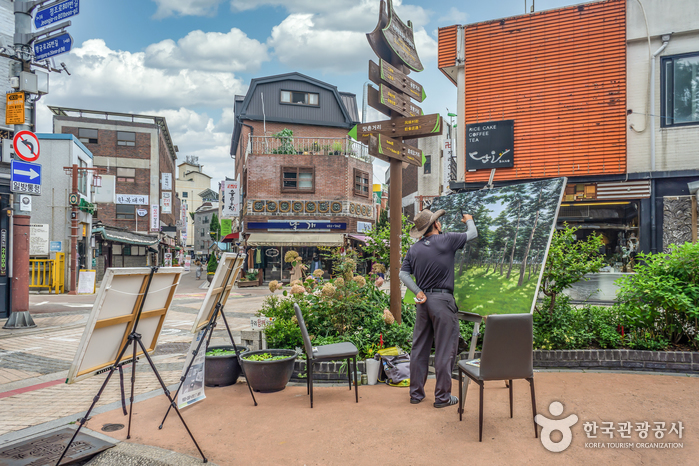
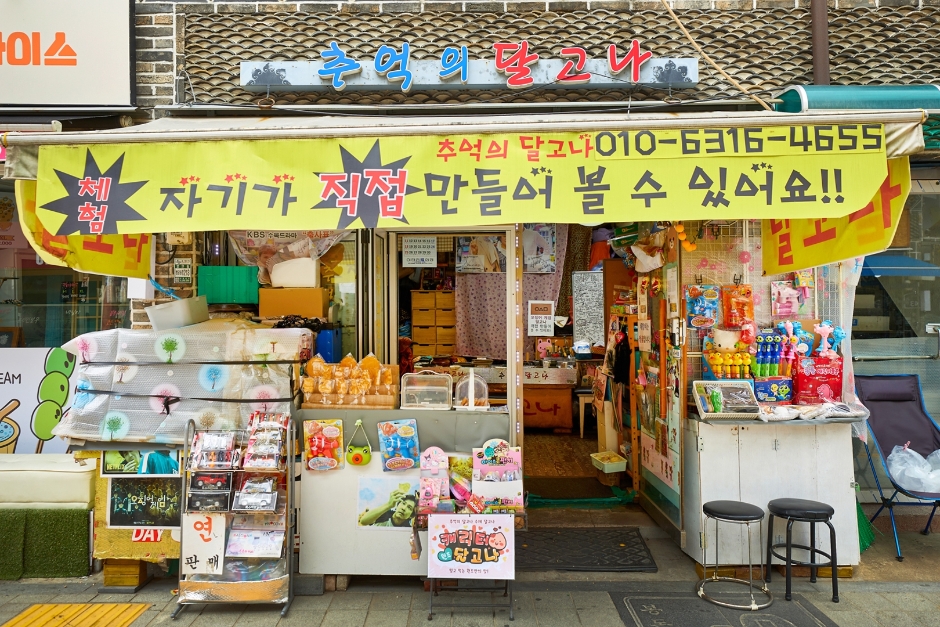
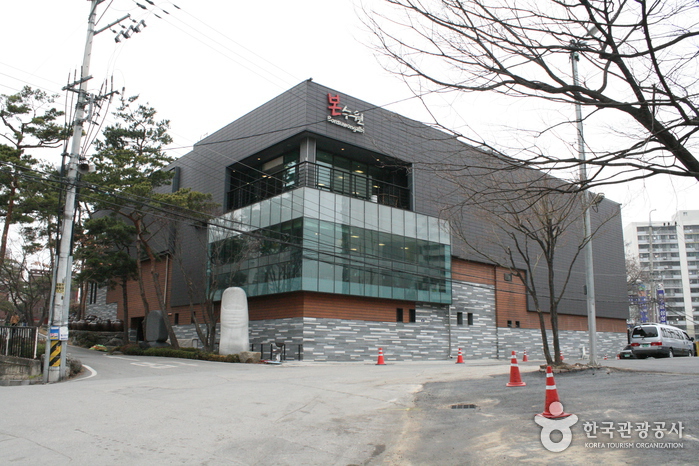

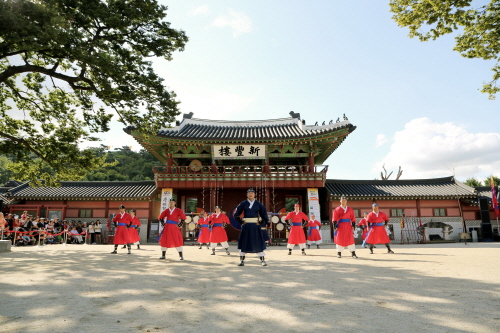
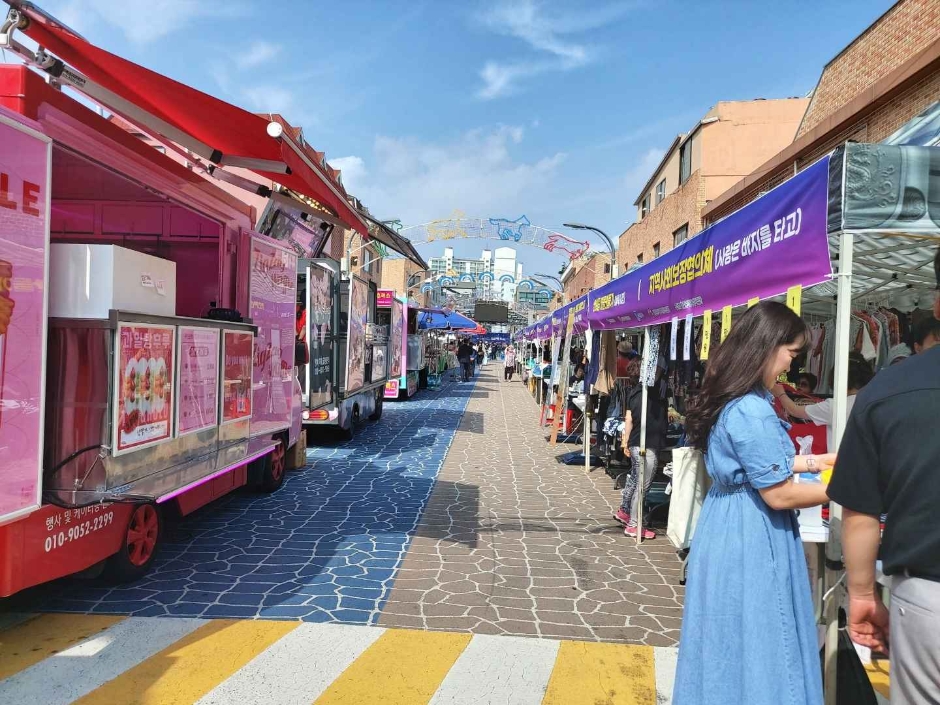
![Suwon Hwaseong Fortress [UNESCO World Heritage] (수원 화성 [유네스코 세계유산])](http://tong.visitkorea.or.kr/cms/resource/36/2613036_image2_1.jpg)
 English
English
 한국어
한국어 日本語
日本語 中文(简体)
中文(简体) Deutsch
Deutsch Français
Français Español
Español Русский
Русский